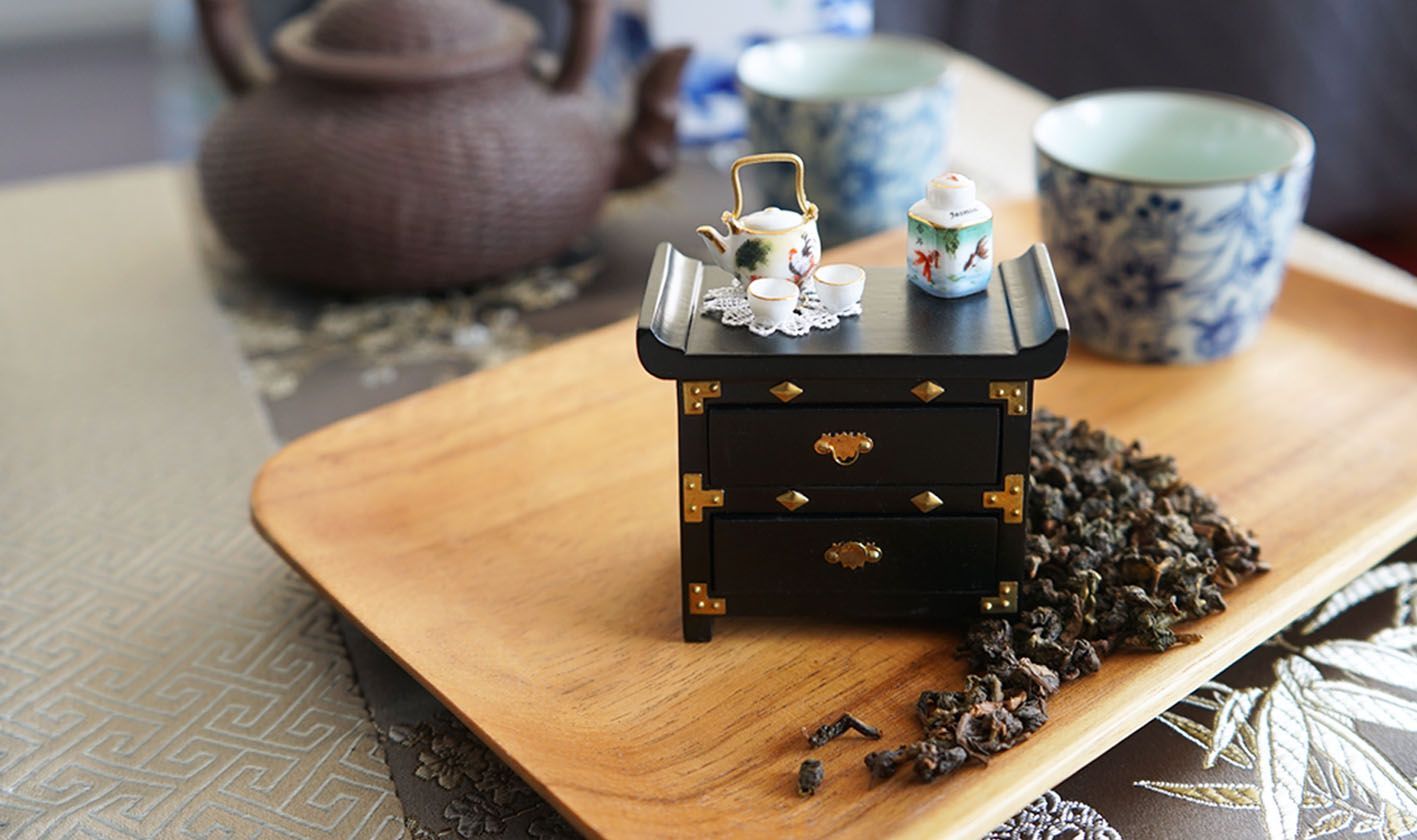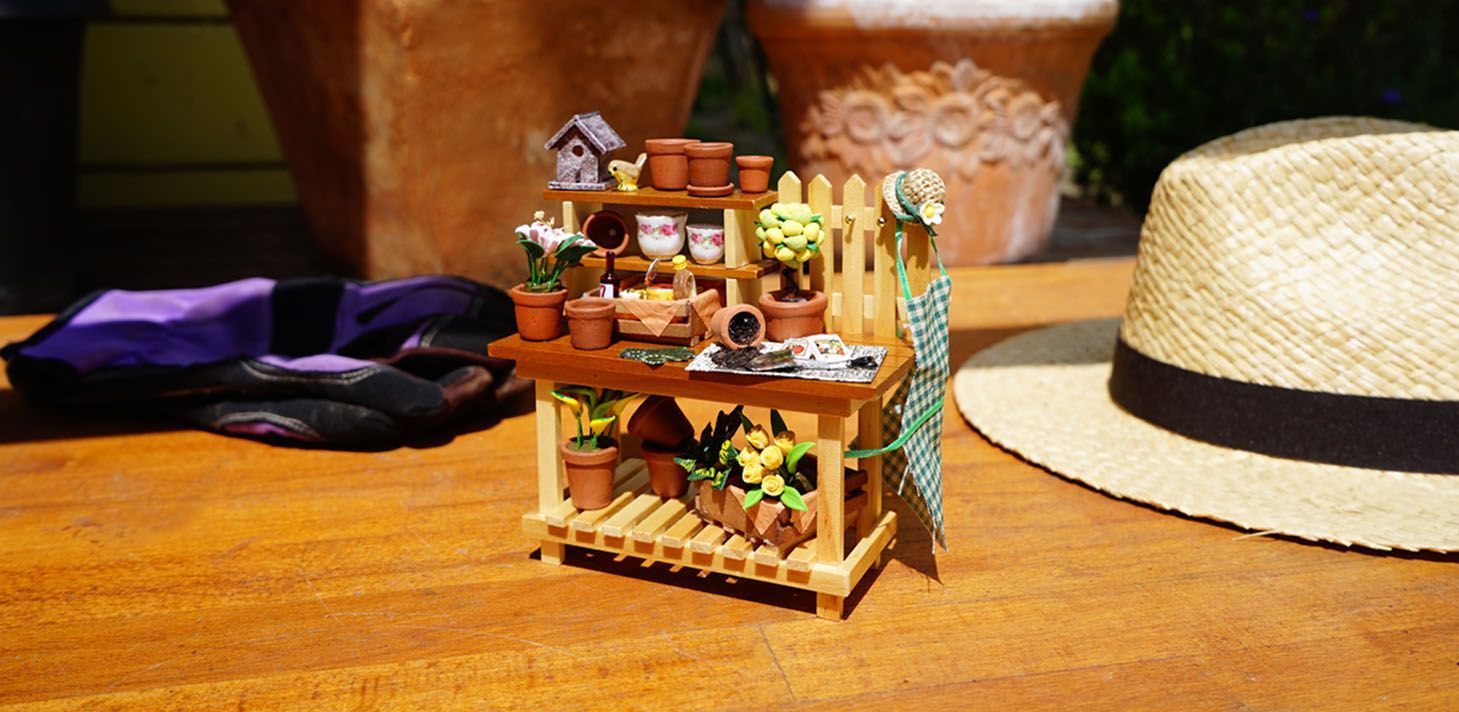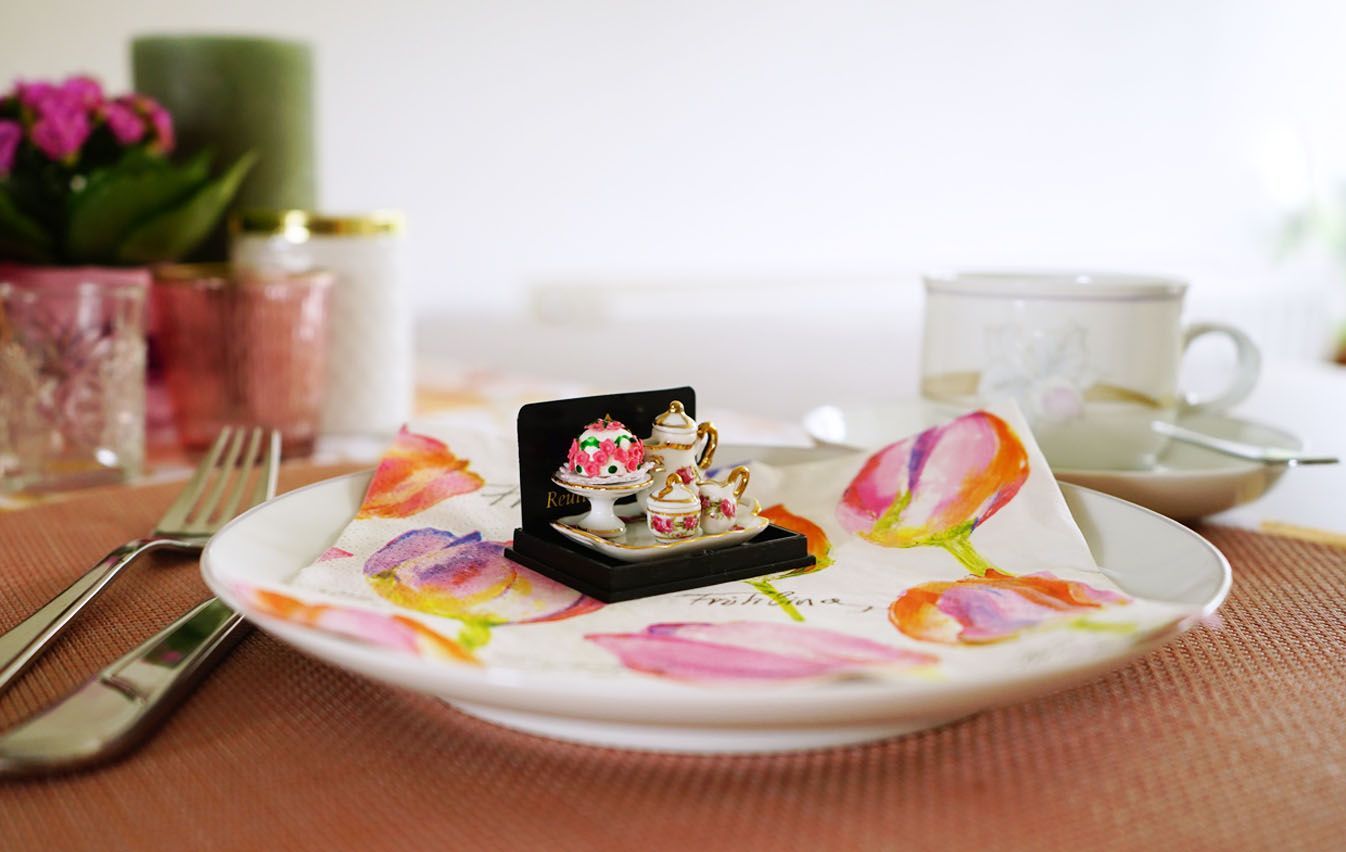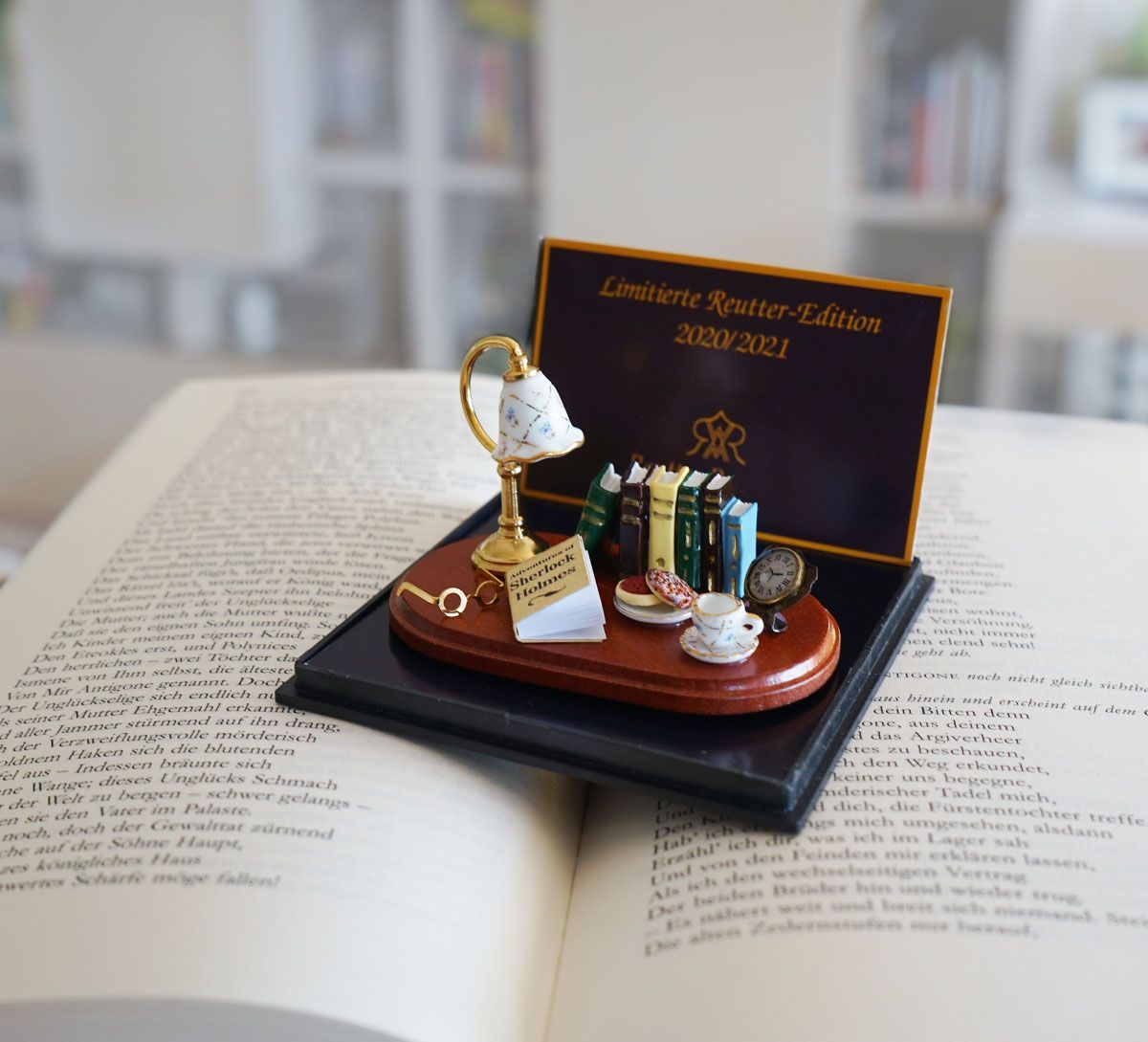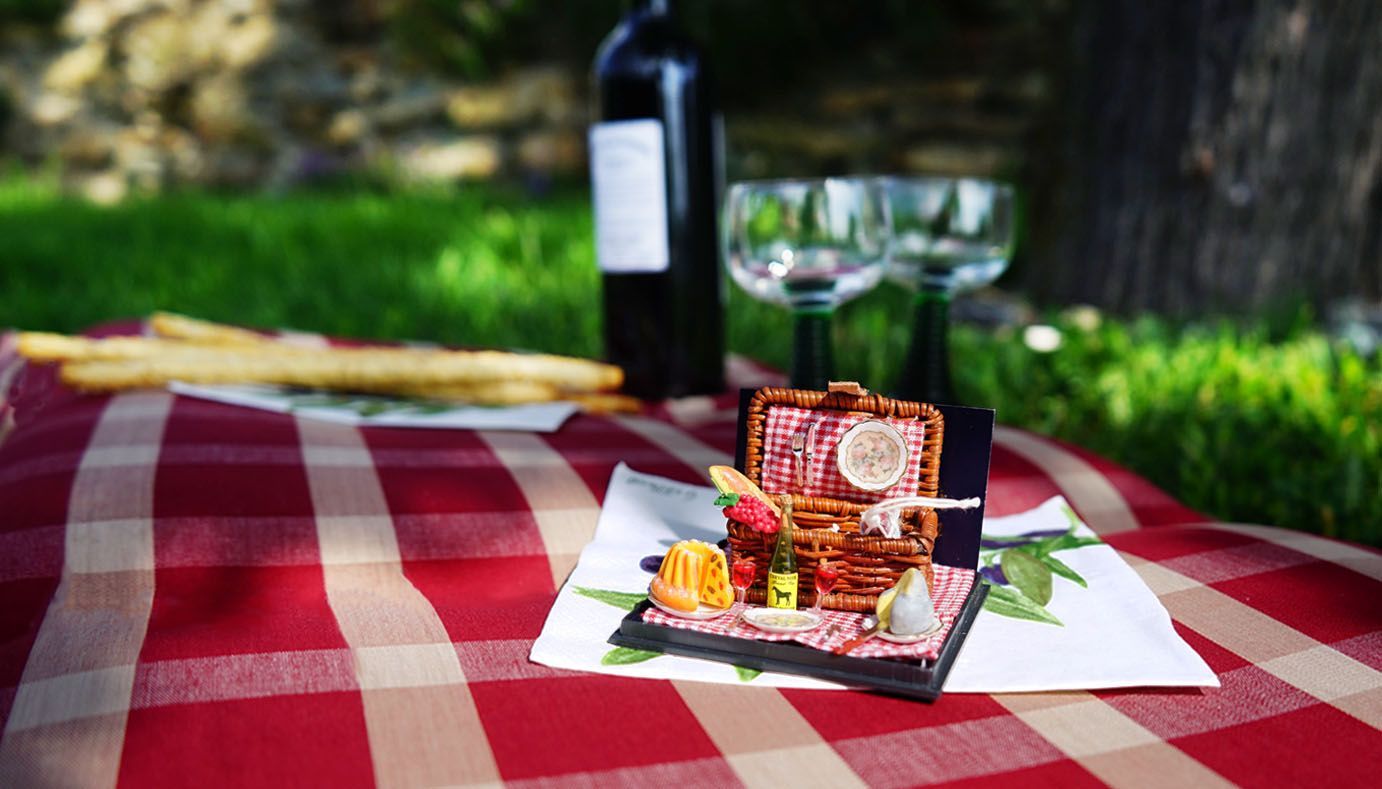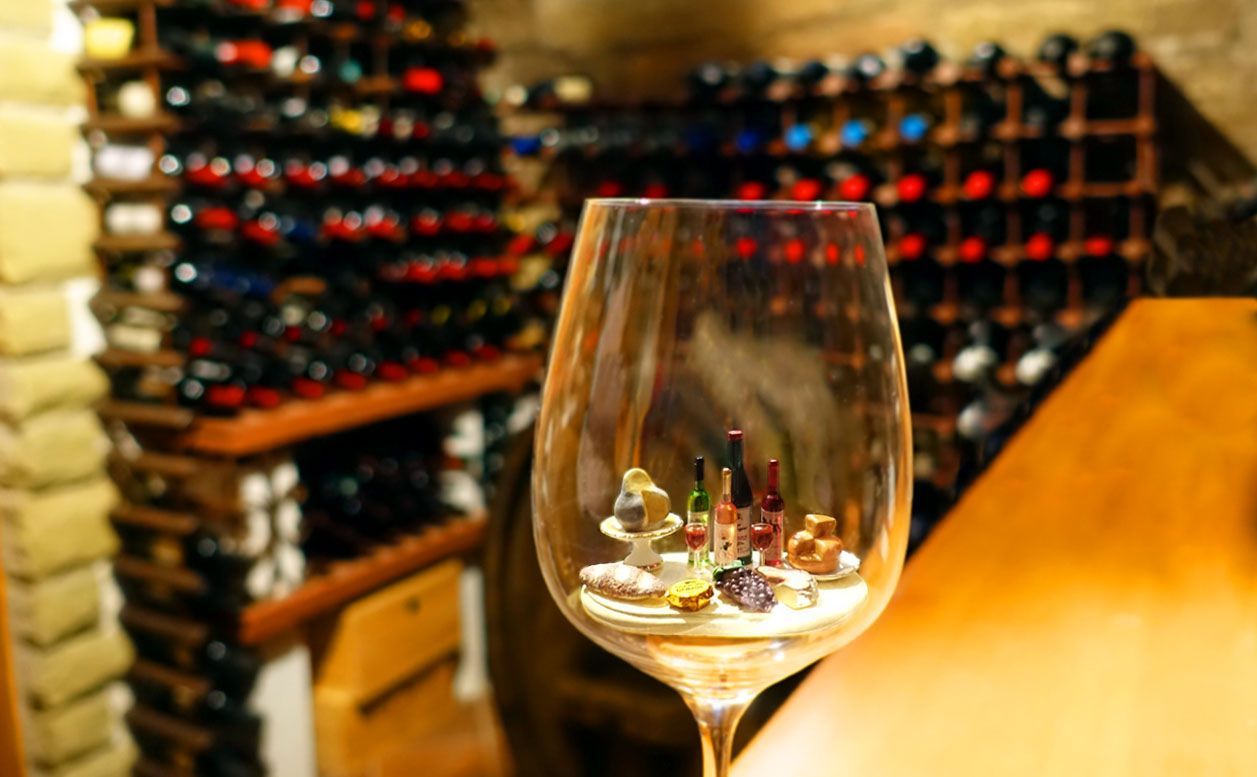German Economic Miracle 1950-1965
As early as 1951, the Reutters were one of the first companies showed their small assortment of porcelain products.
As early as 1951, Reutter were one of the first companies to exhibit at the emerging Nuremberg Toy Fair and showed their small assortment of porcelain products. The Fair took place in the Wieseler House in Nuremberg.
According to stories, at that time it was hard to be involved with a “Fair”, so Willy Reutter himself went by train to Nuremberg – with only a suitcase and a small table in his luggage. He didn’t want his wife to travel alone in the years after World War II.
Because this show was very successful and large quantities of miniatures have been ordered, it was impossible to manage those on the potter´s wheel by hand. So it was decided in 1954 to change from pottery materials to porcelain. This way items could be casted by hand but a larger production of pieces was possible.
For these reasons Martl and Willy Reutter decided in 1954 to diversify to porcelain manufacturing which enabled a faster throughput and a higher production volume.
This change greatly facilitated the production.
Learning about porcelain production and the purchase of raw materials from the Bavarian Forest took a lot of effort for the married couple. Martl and Willy were particularly challenged by the location of the raw materials and tools in Baden-Württemberg (a region in the south-west of Germany) given that there were no other porcelain factories and respectively no other sub-supplier of materials and tools near their factory.
To overcome these challenges the couple had to gain a lot of knowledge by themselves. Consequently the whole production of the company had to proceed self-sustaining.
Because of the great distance between the raw materials and their production facility, the cost of the raw materials became an important expense factor. Due to the higher raw material cost, the production of miniatures had to be increased. The focus on miniatures continues today.

